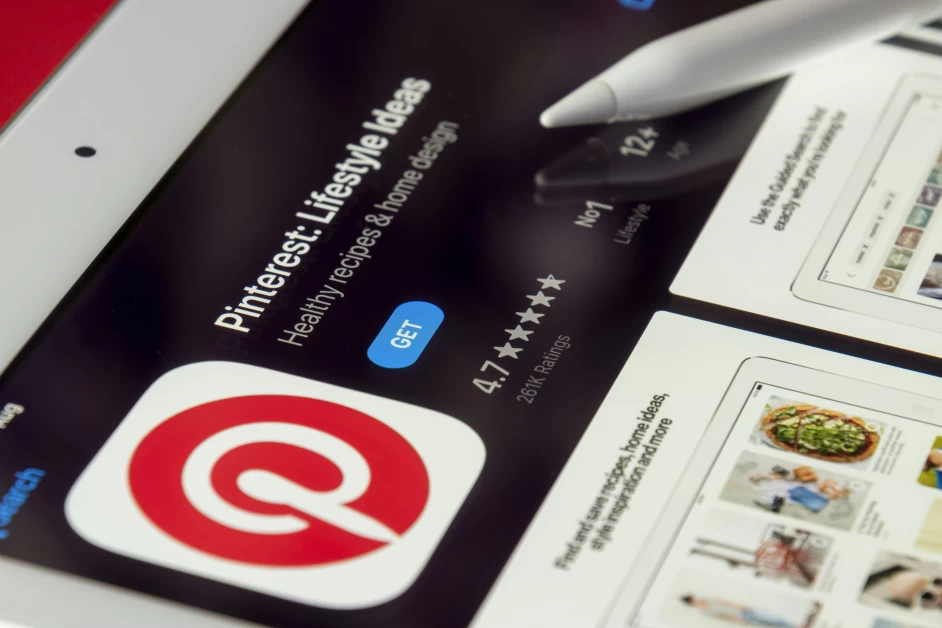Table of Contents
If you’re a blogger wondering how you can increase your blog’s visibility and drive more traffic, running a Pinterest account can be a game-changer. Pinterest is not just a social media platform; it’s a powerful search engine that can help you reach a wider audience and attract more readers to your blog. In this article, we’ll explore how running a Pinterest account can help your blog and provide you with some strategies to maximize its potential.
Why Pinterest?
Pinterest is a unique platform that allows users to discover and save ideas for various topics, including fashion, home decor, recipes, and more. It’s different from other social media platforms because it focuses on visual content and allows users to save and organize that content on virtual boards. This makes it an ideal platform for bloggers to showcase their work and attract new readers.
Increased Visibility
One of the main benefits of running a Pinterest account for your blog is increased visibility. By creating visually appealing pins and optimizing them with relevant keywords, you can increase the chances of your content being discovered by Pinterest users. When users search for topics related to your blog niche, your pins will appear in the search results, allowing you to reach a wider audience and attract more readers to your blog.
Traffic Generation
Running a Pinterest account can also help you generate more traffic to your blog. When users click on your pins and are directed to your blog, you have the opportunity to convert them into loyal readers. By providing valuable and engaging content on your blog, you can encourage users to explore more of your articles, sign up for your newsletter, or even make a purchase if you have products or services to offer.
Longevity of Pins
Unlike other social media platforms where posts have a short lifespan, Pinterest pins have a longer lifespan. Once you publish a pin, it can continue to drive traffic to your blog for months or even years to come. This is because Pinterest is a platform where users actively search for inspiration and ideas. So even if your pin doesn’t immediately gain traction, it can still be discovered by users in the future and bring traffic to your blog.
How to Run a Pinterest Account for Your Blog
Now that you understand the benefits of running a Pinterest account for your blog, let’s explore some strategies to help you get started and maximize your results.
1. Create a Business Account
The first step to running a Pinterest account for your blog is to create a business account. A business account provides you with access to Pinterest’s analytics and other features that can help you track your performance and make informed decisions. It also allows you to claim your website, which will give you access to additional features like rich pins.
2. Optimize Your Profile
Optimizing your Pinterest profile is crucial to attracting the right audience to your blog. Make sure your profile name and bio clearly indicate what your blog is about and include relevant keywords. Use high-quality images for your profile picture and cover photo to make a good first impression. Additionally, include a link to your blog in your profile so users can easily visit your website.
3. Create Eye-Catching Pins
Creating eye-catching pins is essential to grab users’ attention and entice them to click through to your blog. Use high-quality images or graphics that are visually appealing and relevant to your blog content. Add compelling text overlays that provide a glimpse of what users can expect when they visit your blog. Experiment with different pin designs and formats to see what resonates with your audience.
4. Optimize Your Pins with Keywords
Keywords play a crucial role in helping users discover your pins on Pinterest. Research relevant keywords that are popular in your blog niche and incorporate them into your pin titles, descriptions, and alt text. Be strategic in your keyword placement to ensure that your pins are relevant to users’ search queries. This will increase the chances of your pins appearing in search results and driving traffic to your blog.
5. Join Group Boards
Group boards are collaborative boards where multiple users can contribute pins on a specific topic. Joining relevant group boards in your blog niche can expose your pins to a larger audience and increase the chances of them being repinned and shared. Look for group boards with active members and engage with the community by repinning and commenting on other users’ pins. This will help you build relationships and attract more traffic to your blog.
6. Pin Consistently
Consistency is key when it comes to running a Pinterest account for your blog. Pinning regularly will not only keep your profile active but also increase your chances of being seen by users. Create a pinning schedule and stick to it to ensure a consistent flow of content. Use scheduling tools like Tailwind or Pinterest’s own scheduling feature to streamline your pinning process and save time.
7. Analyze Your Results
Pinterest provides analytics tools that allow you to track the performance of your pins and boards. Take advantage of these tools to analyze your results and identify what strategies are working and what needs improvement. Pay attention to metrics like impressions, clicks, and saves to understand how users are interacting with your pins. Use this data to refine your pinning strategy and optimize your content for better results.
Conclusion
Running a Pinterest account can be a powerful tool for bloggers to increase visibility, drive traffic, and attract new readers to their blogs. By optimizing your profile, creating eye-catching pins, and using relevant keywords, you can maximize the potential of Pinterest and grow your blog audience. Remember to be consistent, join group boards, and analyze your results to continuously improve your pinning strategy. With time and effort, running a Pinterest account can help take your blog to new heights.







